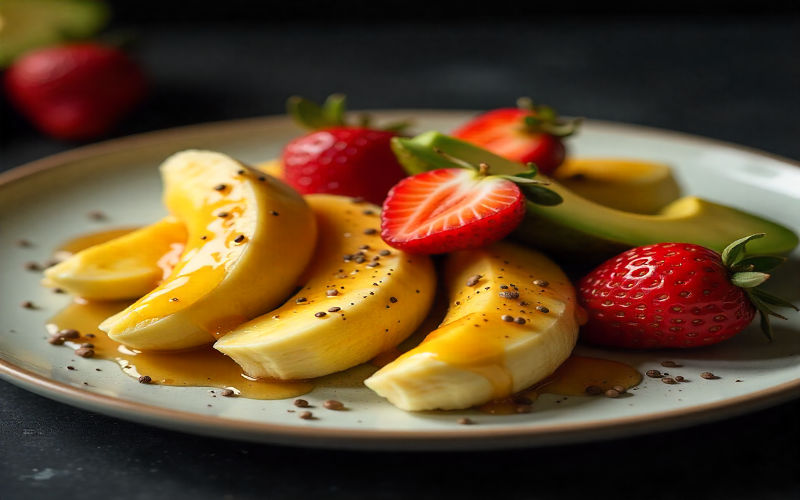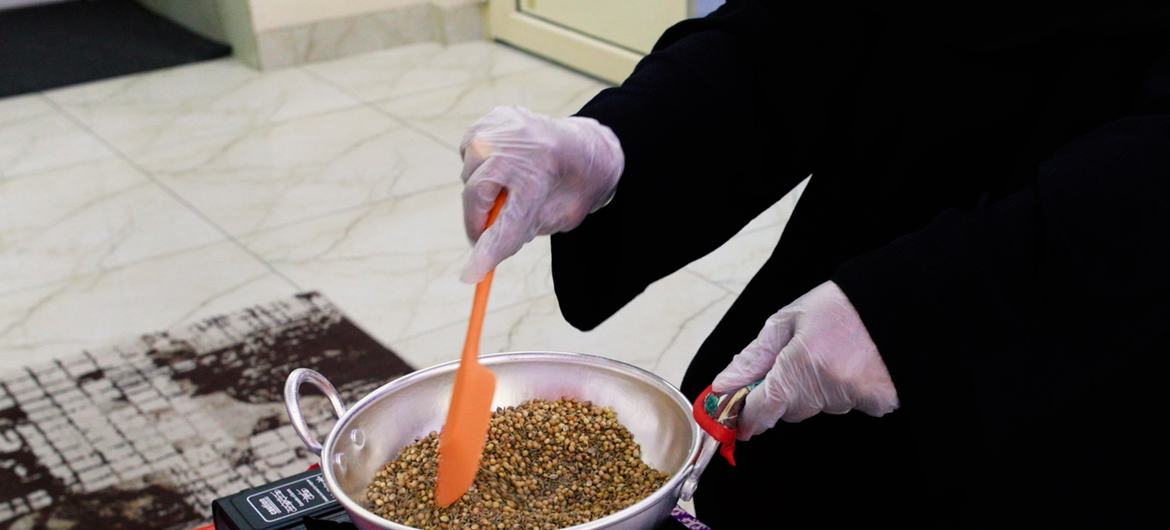Nutrition expert explains why bananas and avocados are berries, yet strawberries aren’t

Dr Judy Jernstedt, a professor of plant sciences at the University of California, Davis, explained that the confusion around what qualifies as a berry stems from history.
Bananas, one of nature’s most beloved fruits and a staple for many Kenyans, are, surprisingly, classified as berries.
More To Read
- From breakfast staple to kitchen star: How yoghurt is transforming Kenyan cooking
- Five-minute breakfast: Make the perfect avocado toast
- World Bank urges 16 per cent VAT on meat, wheat flour, avocado, coffee to boost Kenya’s revenue
- How to make a kid-friendly mint, lime, and banana milkshake
- The unbreakable bond between Somalis and bananas at mealtime
- Tanzania scientists working to develop disease-resistant bananas to combat deadly virus
Bananas, cucumbers, and eggplants are all true berries, while strawberries, blackberries, and raspberries are not.
Yes, despite their names and how we use them in the kitchen, the fruits we commonly call “berries” often fail the scientific test. So what is the deal?
According to a recent interview with Live Science, Dr Judy Jernstedt, a professor of plant sciences at the University of California, Davis, explained that the confusion around what qualifies as a berry stems from history.
People began labelling fruits based on appearance and taste long before scientists established strict botanical definitions.
“People were calling certain fruits ‘berries’ thousands of years ago,” Dr Jernstedt told Live Science. “The scientific definitions only came much later, and they didn’t always align.”
What is a berry, botanically speaking?
Like other berries, bananas are composed of three fleshy layers: the outer skin, the mushy middle, which is often eaten and the innermost part with the seeds.
Scientifically, a berry is a type of simple fruit that develops from a single ovary of a flower and contains multiple seeds, and it must also consist of three fleshy layers: Exocarp - the outer skin, mesocarp - the fleshy middle and endocarp - the innermost part that surrounds the seeds.
This structure is seen in fruits like grapes, tomatoes, cucumbers, bananas, kiwis, hoho’s, avocadoes and eggplants.
“A banana has the skin as the exocarp, the soft interior as the mesocarp, and the innermost part with the seeds, although tiny, as the endocarp,” Jernstedt explained. “That’s why it qualifies as a true berry.”
Even cucumbers and watermelons fall into this category, though their tougher outer layers may not seem 'berry-like' at first glance.
Why strawberries, raspberries, and blackberries don’t qualify
On the other hand, fruits like strawberries and raspberries fail the botanical berry test for a few key reasons.
They develop from flowers with multiple ovaries, not just one. They often contain tiny sub-units, each a mini-fruit in itself. They don’t have the internal seed structure required by true berries.
“Raspberries and blackberries are what we call aggregate fruits,” said Dr Jernstedt. “Each of their little bumps, called drupes, comes from an individual ovary, each containing a single seed.”
And what about strawberries?
“Strawberries are even more unique,” Jernstedt said. “They don’t have drupes, they have achenes, the little yellow specks on the surface. Each achene is a seed-containing fruit in itself.”
So, scientifically speaking, strawberries are not berries at all; they are aggregate accessory fruits.
Oranges, tomatoes, and other berry surprises
Even scientists agree that this whole situation can be confusing; fruit classification is a bit chaotic.
For example, oranges are technically berries too, a special subtype called hesperidia, which have internal segments (think orange slices) and a tough, oily rind. That is why citrus fruits fall under the berry umbrella, too.
Similarly, tomatoes, cranberries, and peppers all develop from a single ovary and have multiple seeds, qualifying them as berries.
“The rules are rigid, but nature doesn’t always follow them neatly,” Dr Jernstedt noted. “Plants evolve for survival, not for neat classification.”
While this information may change how you look at your fruit pudding, it does not impact the nutritional value of the fruits we eat.
“Strawberries, bananas, and tomatoes are all healthy, nutrient-rich foods,” Jernstedt emphasised. “The labels don’t change what they offer your body.”
Bananas, for example, are rich in potassium and vitamin B6, while strawberries, despite their false identity, are packed with vitamin C and antioxidants.
So whether you are eating a true berry or a "shape-shifting berry”, your body still benefits.
“There have been attempts to tidy up fruit classification for centuries,” said Jernstedt. “But fruits keep evolving in different ways. There’s no sign that this will ever be perfectly resolved, and that’s part of the wonder.”
Top Stories Today














































